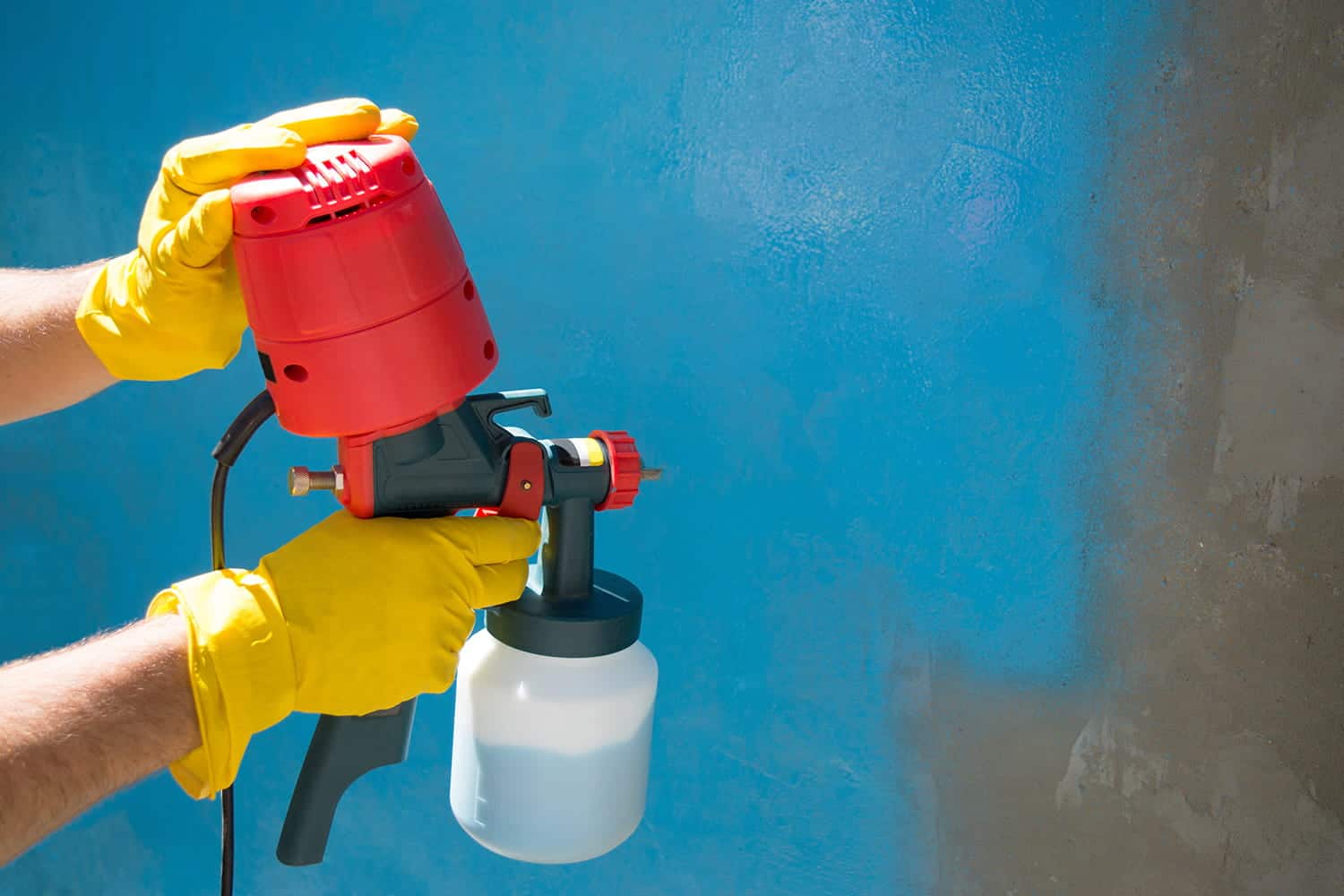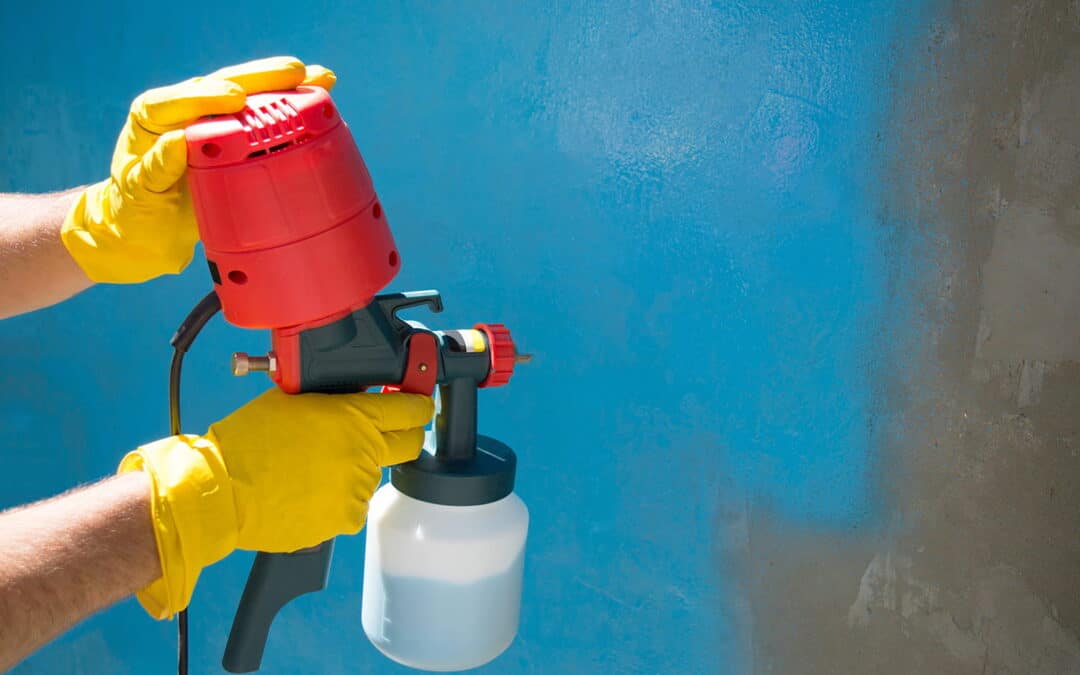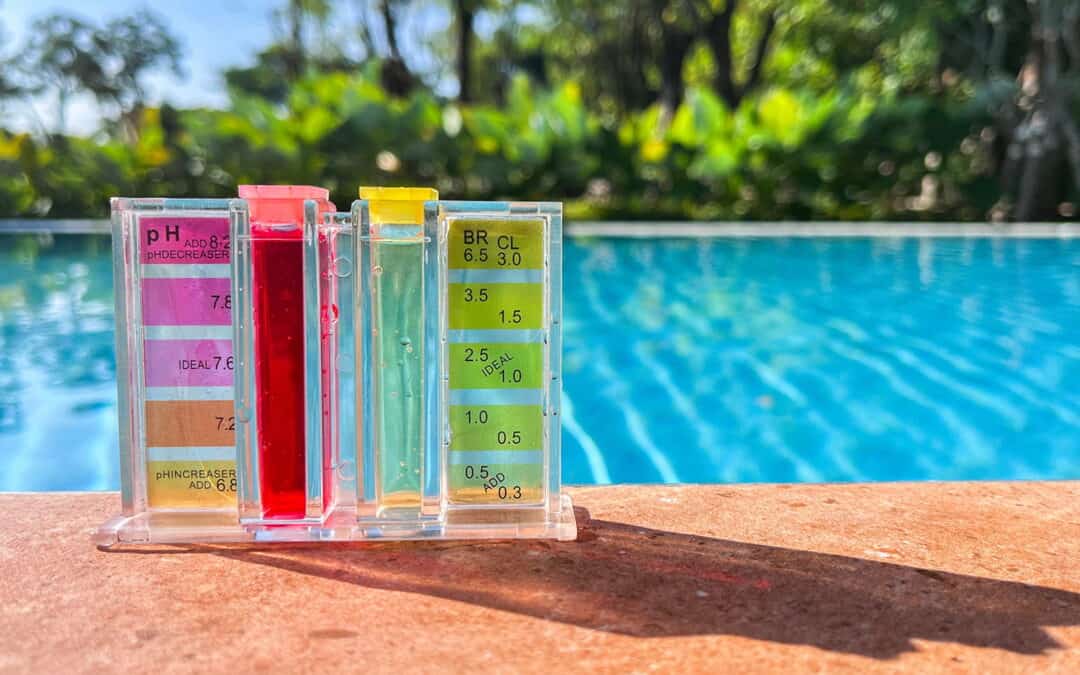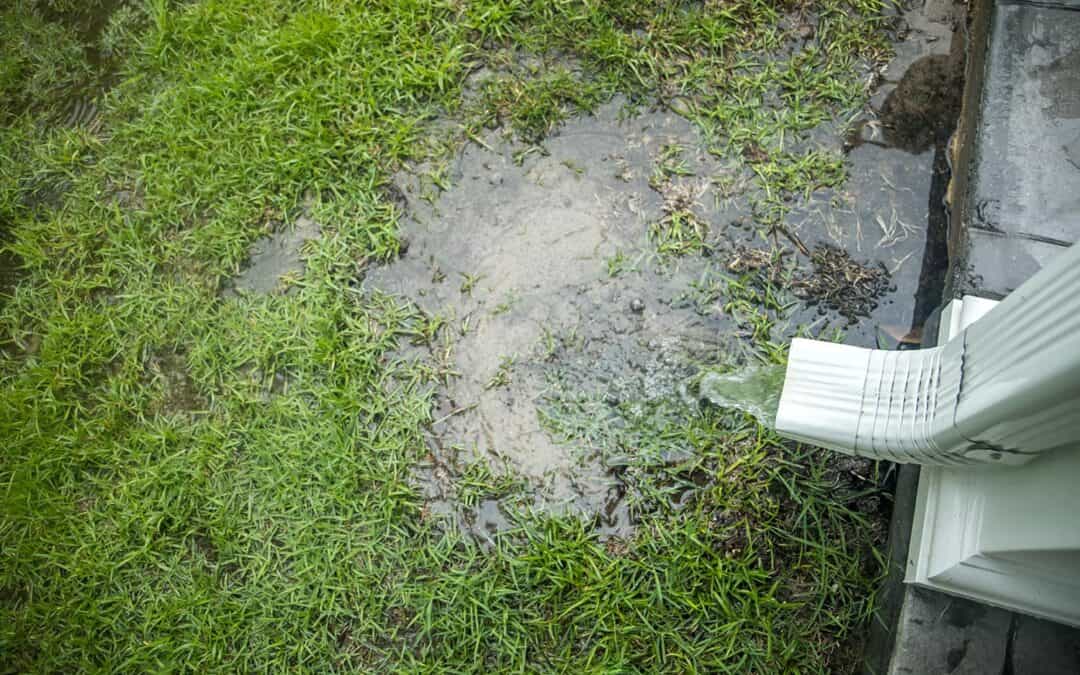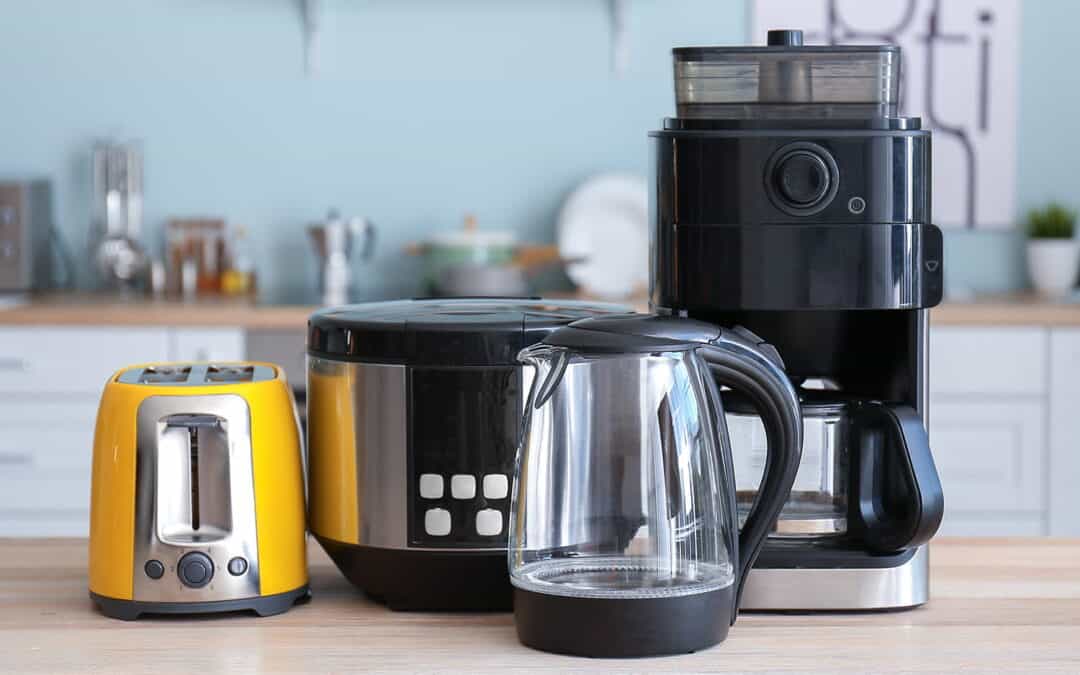Choosing the Right Painting Method: Sprayer or Roller?
When you’re gearing up for a painting project—whether freshening up a living room or giving your home’s exterior a facelift—your first big decision isn’t about color. It’s about how you’ll apply the paint. Should you use a sprayer for speed and coverage or stick with a roller for control and simplicity?
Both methods have their strengths. Sprayers can transform a space in record time, especially when working with textured surfaces or tight corners. But they require a lot more prep and a bit of a learning curve. Rollers, on the other hand, are beginner-friendly and budget-conscious, though they demand more elbow grease.
Let’s break down when to choose one over the other—and why it matters.
When to Use a Paint Sprayer
You’re Painting an Empty Room or Unfurnished Space
If your home is under renovation or you’re painting a new build, a sprayer is your secret weapon. With no furniture or fixtures to work around, masking becomes minimal. You can spray large surfaces quickly, saving hours (or even days) compared to rolling.
You’re Working on the Exterior
Sprayers are made for the outdoors. They’re ideal for siding, brick, stucco, or any exterior surface with texture or grooves. You’ll still need to mask windows, trim, and plants, but you’ll breeze through broad walls and tricky nooks much faster than with a roller.
You’re Tackling Textured or Detailed Surfaces
Crown molding, popcorn ceilings, ornate trim, or rough masonry? A sprayer can handle it all with smooth, even coverage. Rollers tend to skip over grooves or require extra passes, but a sprayer gets into every crevice in one go.
You’re Comfortable With Prep (or Have a Partner to Help)
Spraying is efficient—but only after you’ve prepped thoroughly. That means taping, masking, and covering everything you don’t want painted. It’s ideal if you have the time or can split the workload with someone else (one preps, the other paints).
You Have the Right Gear and Experience
Paint sprayers can be tricky for beginners. If you’ve used one before or you’re confident in your ability to control overspray and adjust spray settings, it’s a powerful tool to have in your DIY arsenal.
When to Use a Paint Roller
You’re Painting a Lived-In Interior
If you’re working around furniture, decor, or flooring you want to protect, rolling is much simpler. You’ll need minimal masking—usually just trim and edges. And there’s less chance of accidental overspray on your favorite couch.
You’re New to DIY Painting
Rollers are forgiving. Even if you’re not an expert, you’ll get solid, consistent coverage without much practice. Sprayers can take time to master, and small mistakes (like uneven spray patterns) can ruin a job quickly.
You’re Budget-Conscious
Paint sprayers aren’t cheap. Entry-level models start around $300, and higher-end options can cost even more. Add in the cost of drop cloths, masking film, and maintenance, and the price climbs. A roller kit? Around $30–$50 tops.
You Want to Save Paint
Sprayers tend to waste paint through overspray, especially outdoors. With a roller, nearly every drop lands where it should. If you’re stretching a budget or using a pricey specialty paint, rolling is the more efficient option.
You’re Only Painting Walls (Not Ceilings or Trim)
Rollers give you fine control—perfect when you’re just doing walls and want to avoid hitting the ceiling or woodwork. A little painter’s tape and a steady hand, and you’re good to go.
Pro Tip: Combine Both Methods with “Back-Rolling”
Want the best of both worlds? Professionals often spray on paint for speed, then immediately roll it out to even the texture and improve adhesion. This hybrid technique—called back-rolling—works especially well on porous or textured surfaces like stucco and drywall.
Final Verdict: Which Method Should You Choose?
There’s no one-size-fits-all answer. Here’s a quick cheat sheet:
| Situation | Best Method |
|---|---|
| Large, empty rooms | Sprayer |
| Detailed trim and texture | Sprayer |
| Lived-in interiors | Roller |
| Tight budget | Roller |
| Beginners or DIYers | Roller |
| Exterior siding or stucco | Sprayer |
| Small touch-ups | Roller |
The right tool depends on your specific project, your experience level, and how much prep you’re willing to do. But one thing’s for sure: choosing the right method from the start can save you time, money, and a whole lot of frustration.

